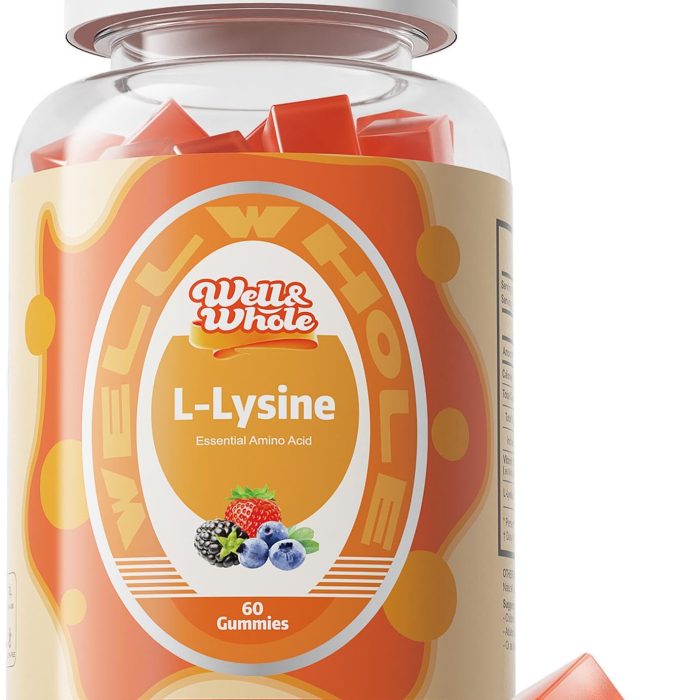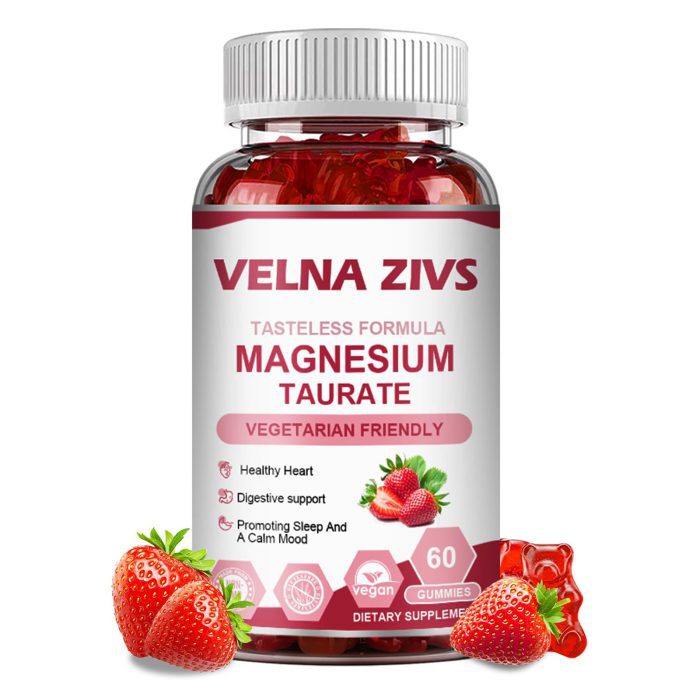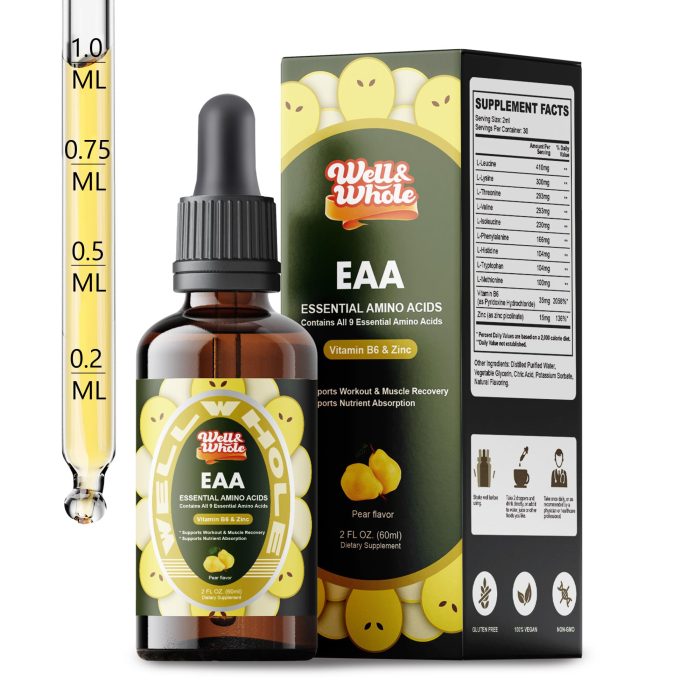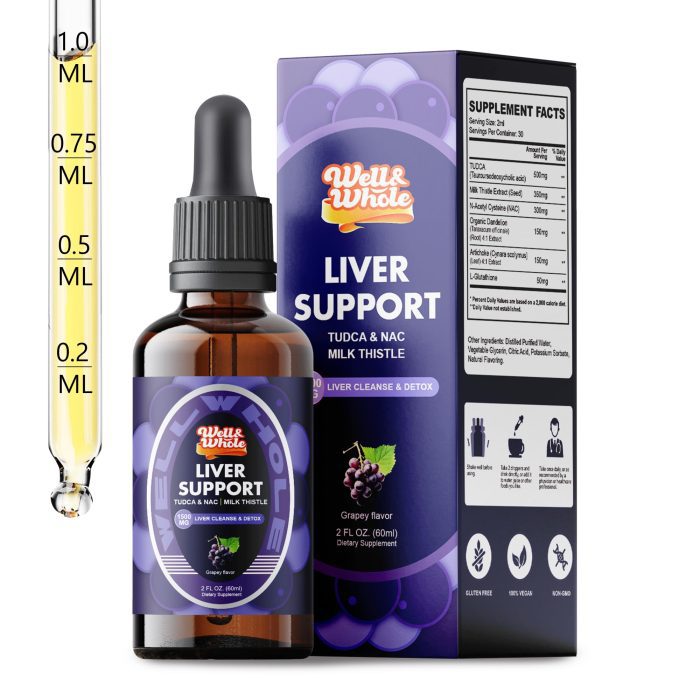Proteins are essential molecules for life, serving as the building blocks of tissues and performing a multitude of functions—from enzymatic activity to immune responses. As a key aspect of protein function, understanding the amino acids commonly found on the surface of proteins can yield profound insight into their role in human biology, particularly in the context of designing supplements and health products. For businesses like Well&Whole, focused on delivering quality supplements to enhance well-being, this knowledge forms a cornerstone of product formulation and innovation.
The Role of Surface Amino Acids in Protein Function
Proteins are complex three-dimensional structures, and their surface regions interact with the surrounding environment, including water, other molecules, and cellular components. Surface amino acids, as the name suggests, are those that are outward-facing, exposed to external interaction. These amino acids play critical roles in determining protein solubility, stability, and functionality, which are essential in the development of bioactive compounds and formulations that promote health.
In general, hydrophilic amino acids, such as arginine, lysine, glutamate, and aspartate, dominate the surfaces of most proteins. These residues are polar and possess side chains that readily interact with water molecules, making them ideal for proteins functioning within aqueous environments, such as blood plasma or intracellular fluid. On the other hand, smaller polar amino acids like serine and threonine also contribute to surface interactions, often involved in enzymatic binding, signal transduction, or post-translational modifications.

Why Are Certain Amino Acids Found on the Surface?
The distribution of amino acids on a protein’s surface is largely dictated by protein folding mechanics, which aim to minimize hydrophobic interactions with water. As such, non-polar amino acids—including valine, leucine, and isoleucine—are typically buried within the protein structure. Meanwhile, polar amino acids gravitate toward the surface to interface with the surrounding environment. The basic and acidic residues on the protein surface help stabilize the molecule and enable critical functions like catalysis, ionic exchanges, and molecular recognition.
For instance, lysine and arginine are notably flexible and often participate in binding DNA or RNA, while glutamate and aspartate, being negatively charged, are involved in chelating positively charged metal ions or mediating neurotransmitter activity. This selective placement gives proteins their specific biochemical properties, which often form the foundation of research in health supplements targeting cellular processes.
Implications for Supplement Development
As consumers increasingly prioritize evidence-based supplements, businesses like Well&Whole can leverage scientific knowledge about surface amino acids to optimize product performance. For example, supplements engineered to promote protein solubility and functionality may focus on enhancing amino acid compositions that mimic naturally exposed residues. According to studies, proteins rich in hydrophilic residues not only dissolve more effectively, but can also improve absorption rates when paired with bioavailability-boosting ingredients.
Moreover, research suggests that amino acids such as arginine and glutamate may have individual benefits, including supporting cardiovascular health by promoting nitric oxide synthesis (arginine) and contributing to cognitive function (glutamate). These specific findings represent opportunities for companies like Well&Whole to align products with tailored health claims that resonate with informed consumers.
Key Insights into Consumer Trends
A growing body of data highlights that shoppers are proactively seeking transparency in ingredient sourcing and functionality. For precise targeting, consider these statistics:
- Over 70% of consumers are interested in supplements supported by scientific data, according to market research.
- Health-related products that highlight individual amino acid benefits see 43% higher conversion rates than generic formulations.
- Incorporating naturally occurring protein building blocks in supplements resonates with the nearly 60% of buyers who prioritize cellular health.
Actionable Steps to Leverage Amino Acid Research
For supplement brands, the takeaway is clear: incorporating surface amino acid insights into product development unlocks opportunities to offer cutting-edge solutions. Here’s how businesses like Well&Whole can use this knowledge:
- Formulate Science-Driven Products: Engineer formulas that highlight hydrophilic amino acids known for bioactivity—lysine for immunity, serine for enzymatic balance, or arginine for vascular health.
- Educate Consumers: Deliver tailored educational content that explains the significance of surface amino acid interactions to overall health—boosting trust and loyalty.
- Optimize Product Labels: Ensure product descriptions reflect the added value of amino acids in formulations, driving purchase decisions.
Final Thoughts
The study of amino acids on protein surfaces is both fascinating and practical, offering insights into human biology and health supplementation. For companies like Well&Whole, integrating this expertise into product strategies ensures innovation and relevance in the competitive landscape. By recognizing the critical importance of surface amino acids and utilizing this knowledge for consumer benefit, you can deliver products that not only meet health needs but also set new standards for quality and effectiveness within the growing wellness industry.









